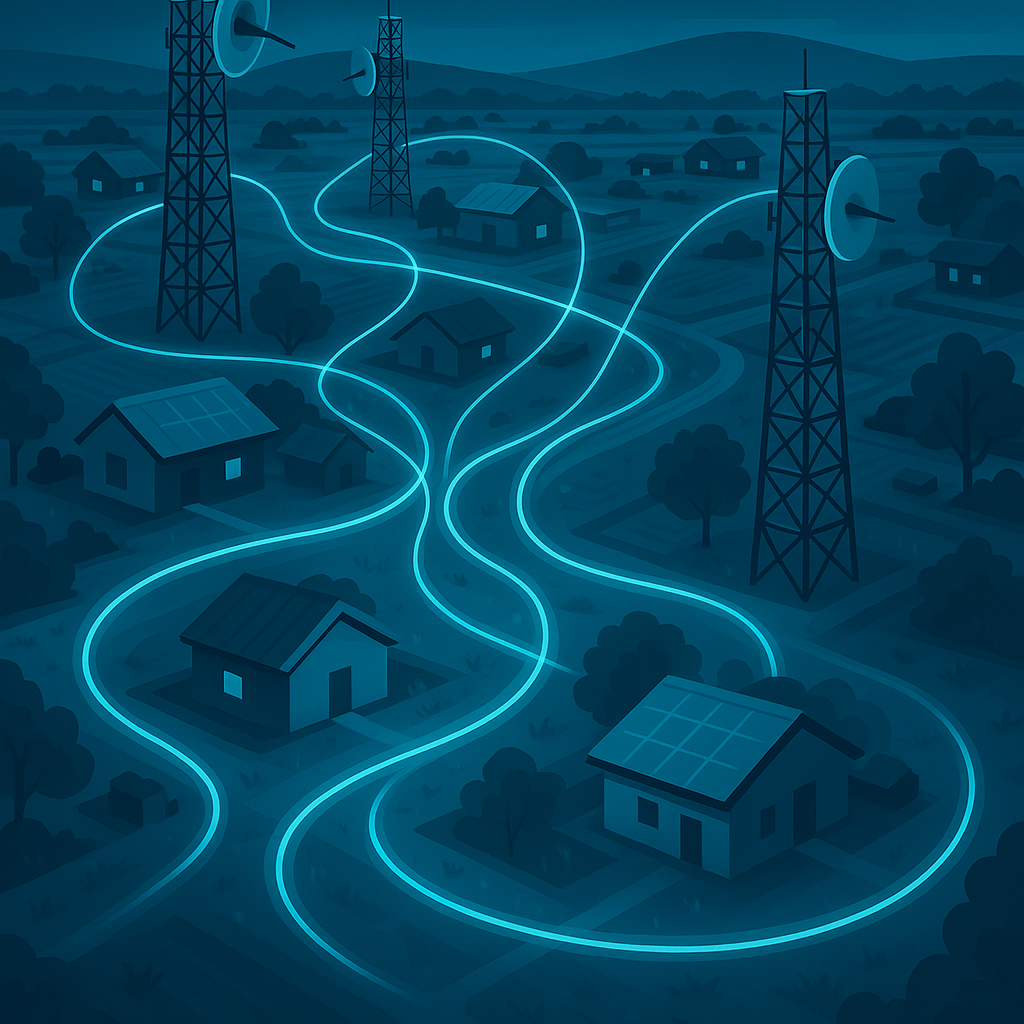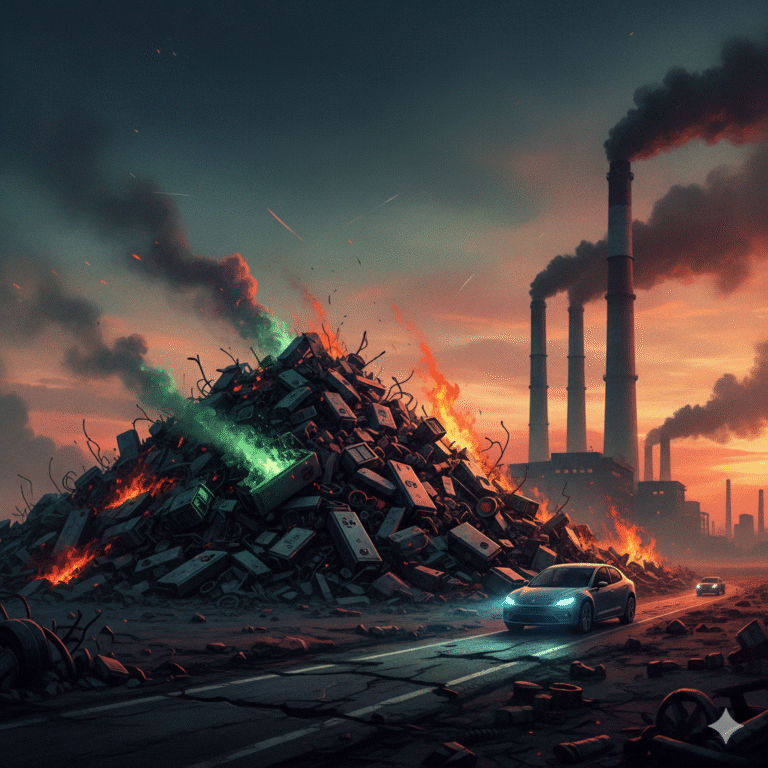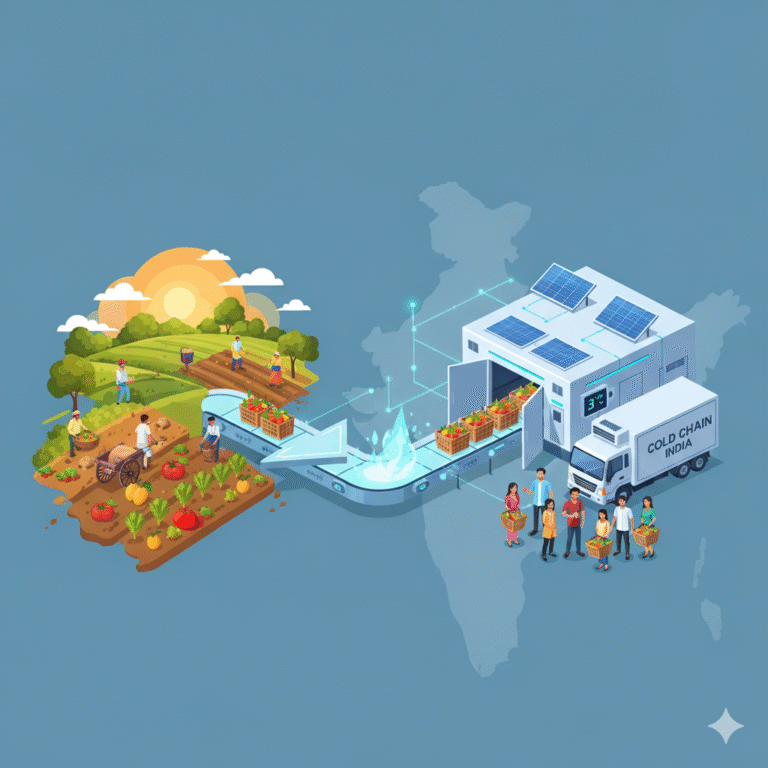In the era of digital transformation, the internet has become a fundamental utility. From online education and e-commerce to telemedicine and digital governance, connectivity is no longer a luxury—it’s a necessity. Yet, while urban centers enjoy high-speed internet and 5G rollouts, rural India remains on the other side of the digital divide. Nearly 65% of India lives in villages, but many of these areas still grapple with limited or no access to reliable internet.
This blog delves deep into the challenges of internet connectivity in rural India, explores the socio-economic implications of this digital gap, evaluates existing government initiatives, and suggests technological and policy-driven solutions for a truly inclusive digital India.
Understanding Rural India’s Connectivity Landscape

1.1 Population vs. Infrastructure
Rural India accounts for nearly two-thirds of the country’s population. However, the penetration of digital infrastructure in these regions is disproportionately low. According to TRAI, internet penetration in urban areas is over 104%, while in rural areas, it lags behind at approximately 38%.
1.2 Challenges at Ground Level
- Geographical Barriers: Difficult terrain, remote locations, and scattered settlements make infrastructure deployment challenging.
- Power Supply Issues: Unreliable electricity in rural areas affects the functioning of telecom towers and broadband infrastructure.
- Low Digital Literacy: A lack of awareness and training limits the potential user base.
- Affordability Concerns: Even when internet services are available, the cost of smartphones and data packages can be prohibitive.
Socio-Economic Impact of Poor Connectivity
2.1 Education
COVID-19 revealed the deep digital chasm, as millions of students in rural areas were unable to access online classes.
2.2 Healthcare
Telemedicine initiatives falter in rural India due to poor connectivity, resulting in inadequate healthcare access.
2.3 Agriculture
Farmers miss out on real-time weather updates, market prices, and government schemes due to a lack of digital access.
2.4 Employment
Without internet access, rural youth are cut off from online job portals, digital skills training, and freelancing opportunities.
Government Initiatives and Policy Frameworks
3.1 BharatNet
Launched in 2011, BharatNet aims to provide broadband connectivity to over 2.5 lakh Gram Panchayats. Despite its ambition, implementation has faced delays due to bureaucratic hurdles and technical issues.
3.2 PM-WANI (Prime Minister Wi-Fi Access Network Interface)
An initiative to create a network of public Wi-Fi hotspots through Public Data Offices (PDOs), focusing on rural and remote regions.
3.3 Digital India Program
A flagship initiative with the vision of transforming India into a digitally empowered society, focusing on digital infrastructure, digital literacy, and digital services.
Role of Private Sector and Startups
4.1 Telecom Providers
Companies like Reliance Jio and Airtel are expanding 4G coverage in rural regions, but face ROI challenges due to lower ARPU (Average Revenue Per User).
4.2 Satellite Internet
Starlink and other low-earth-orbit (LEO) satellite services offer a promising alternative, especially in remote and hard-to-reach areas.
4.3 Local Innovations
Indian startups are building low-cost mesh networks and community-based internet solutions tailored for rural needs.
Technological Solutions to Bridge the Gap
5.1 Community Networks
Local communities can build, operate, and maintain their own internet infrastructure with guidance and support.
5.2 TV White Space Technology
Using unused broadcasting frequencies for internet transmission could be a cost-effective solution in rural areas.
5.3 Fiber and Wireless Hybrid Models
Combining fiber-optic backhaul with wireless access networks can offer better reach and scalability.
5.4 Edge Computing and IoT
These technologies can facilitate localized data processing, reducing dependence on central servers and enabling real-time applications.
Policy Recommendations and Road Ahead
6.1 Public-Private Partnerships (PPP)
Collaborations between government and industry can help scale infrastructure development and optimize resource utilization.
6.2 Regulatory Support
Easing right-of-way norms and reducing license fees for rural deployments can encourage investment.
6.3 Digital Literacy Campaigns
Training programs should be initiated to improve digital awareness, especially among women and older citizens.
6.4 Affordable Devices and Data
Subsidizing smartphones and ensuring cost-effective data plans will make digital access more inclusive.
Conclusion: Toward an Inclusive Digital India
Bridging the digital divide is not just about technology—it’s about ensuring equity in access to opportunities, education, healthcare, and prosperity. As India aspires to become a $5 trillion economy, leaving behind its rural population in the digital race could prove to be a critical bottleneck.
By investing in infrastructure, empowering communities, encouraging innovation, and enabling inclusive policies, India can truly unlock the potential of its rural heartland. A digitally connected rural India is not just a dream—it’s a national imperative.








+ There are no comments
Add yours